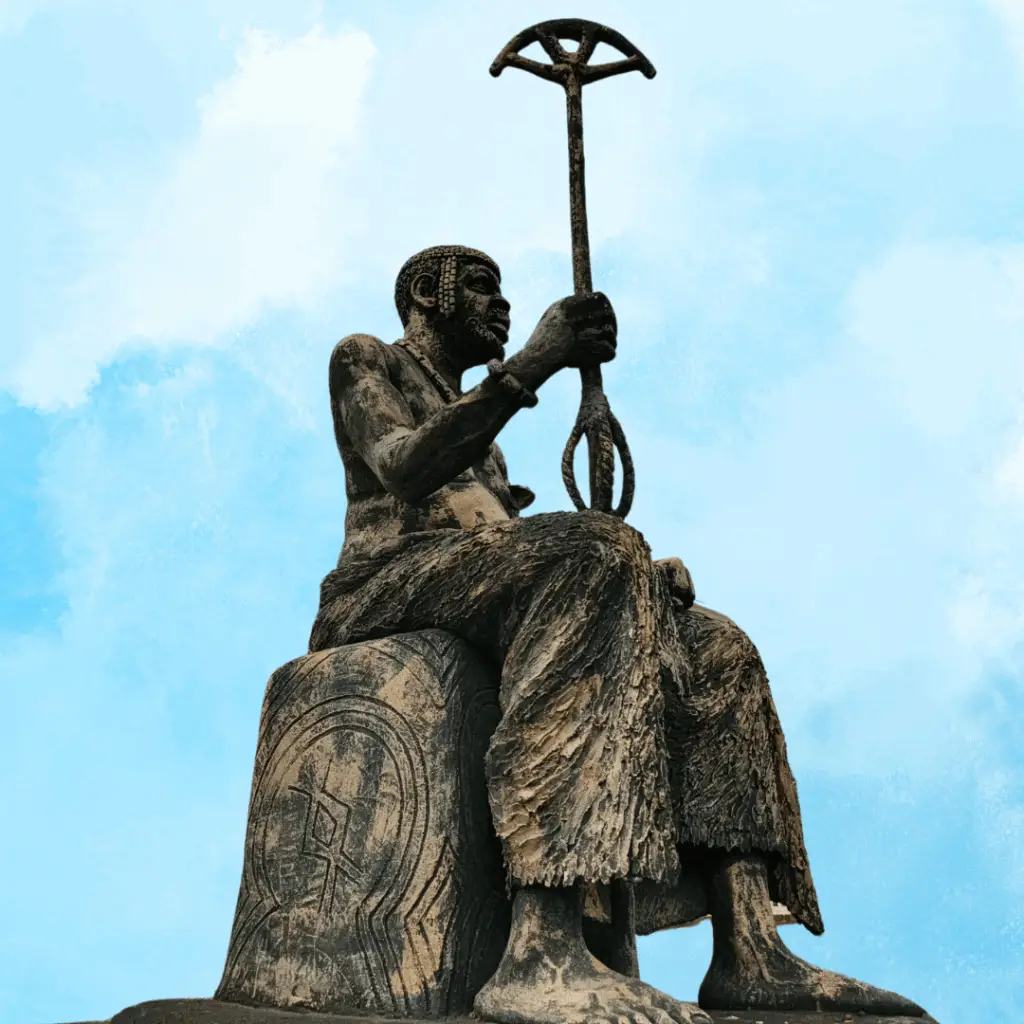The primary purpose of this website is to provide accurate and authentic information about Onitsha.
Ezechima, a legendary figure, is the founder of Onitsha Ado N’Idu (Onitsha Mmili) and several sister communities along the lower course of the River Niger. These communities, including Onitsha, are descendants of Ezechima, with varying accounts of his origins.

Origins of Ezechima
According to historical records, Ezechima’s ancestors were part of the Igbo migration from Ile-Ife, which stopped over in Benin. One account suggests that Chima was forced to leave Benin in 1468 due to a kingship dispute. Another perspective posits that he was a direct descendant of Oba Eweka I and Oramiyan, making him the fifth king of Issele-Uku. However, some believe that Ezechima had no ancestral ties to Benin or Yoruba, instead descending from the Nri civilization.
Establishment of Onitsha Ado N’Idu
In 1550, Ezechima’s descendants, led by Obi Oreze, founded Onitsha Ado N’Idu. The community grew under the leadership of its early kings, establishing relationships with neighboring towns.
European Contact and Colonialism
On July 15, 1857, the Dayspring, led by Dr. Baikie, landed in Onitsha, marking the beginning of formal European contact. The expedition included members of the Church Missionary Society (CMS) mission, led by Reverend Samuel Ajayi Crowther. Onitsha served as a staging post for western missionaries to spread Christianity and introduce western education throughout Igboland.
Pre-Colonial and Colonial Era Trade
During the pre-colonial era, Onitsha thrived as a major trade center, exchanging goods like palm oil, palm kernels, and cotton with neighboring ethnic groups, including the Igala and Hausa. The arrival of European colonizers in the late 19th century transformed Onitsha into a major center for British colonial administration, reorienting its economy to serve colonial interests.
Modern Onitsha
Despite the challenges posed by colonialism, Onitsha continued to grow and develop. Today, the city is a thriving commercial center, boasting a rich cultural heritage that reflects its storied history.
